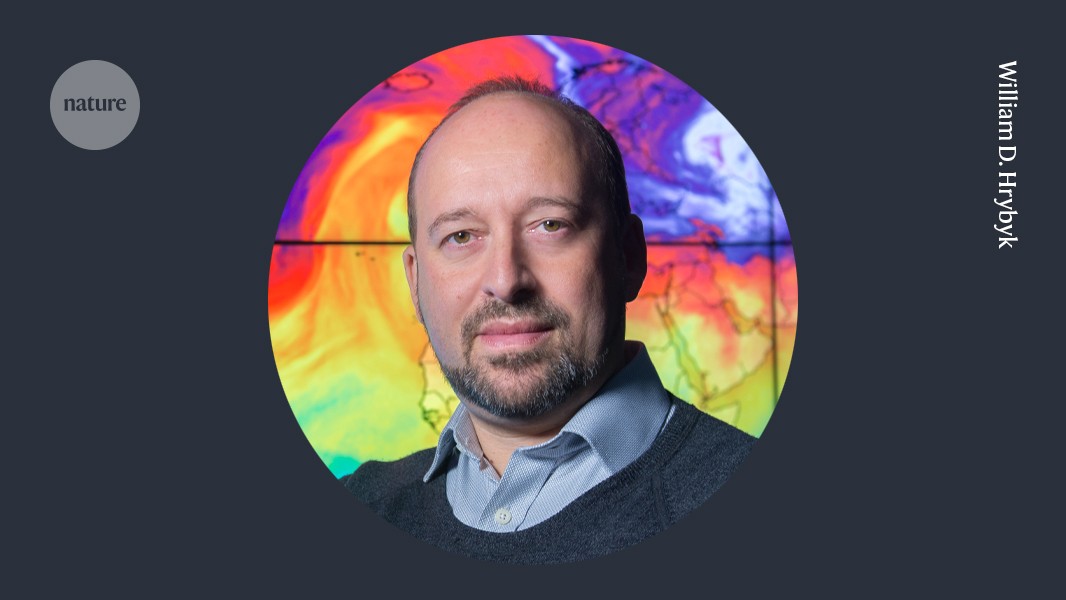Just came across a big report on the progress of climate solutions that I rather liked. It is down with S-curve adoption and legacy disruption (a la Tony Seba) but identifies the major barriers to same across all major industries. It calls the S-curves (which it notes are linked to one another) positive tipping points.
Report:
Its long but has a good executive summary.
TIL: This report thinks that synthetic fertilizer is on the cusp of going green, in particular the use of green hydrogen rather than gas derived (grey) hydrogen for ammonia production. It also notes that ammonia is cheap and easy to transport, so it will allow regions with cheap/plentiful/excess renewable energy to transport some of that to distant regions and customers.
The report is also sanguine on things like plant based and alternative protein adoption.
If you prefer a video, here is one summarizing the report (both a year old):
----------------------------
I think the above is a pretty even-handed summary of the current state of play in climate solutions, some things are going gangbusters, others not so much. And these trends are linked together. And discussing barriers to progress is more useful than Tony Seba's rosy projections.
----------------------------
And if you are skeptical of the above happening, take solace in a recent countervailing opinion from the head of Saudi Aramco.
He reports that the green energy transition is failing, and we need to give up on the fantasy that it could ever work and should just plan on using fossils forever.
I think they're getting nervous.
Which of these two statements do you think is more grounded in reality in 2024?
Report:
Its long but has a good executive summary.
TIL: This report thinks that synthetic fertilizer is on the cusp of going green, in particular the use of green hydrogen rather than gas derived (grey) hydrogen for ammonia production. It also notes that ammonia is cheap and easy to transport, so it will allow regions with cheap/plentiful/excess renewable energy to transport some of that to distant regions and customers.
The report is also sanguine on things like plant based and alternative protein adoption.
If you prefer a video, here is one summarizing the report (both a year old):
----------------------------
I think the above is a pretty even-handed summary of the current state of play in climate solutions, some things are going gangbusters, others not so much. And these trends are linked together. And discussing barriers to progress is more useful than Tony Seba's rosy projections.
----------------------------
And if you are skeptical of the above happening, take solace in a recent countervailing opinion from the head of Saudi Aramco.
He reports that the green energy transition is failing, and we need to give up on the fantasy that it could ever work and should just plan on using fossils forever.
I think they're getting nervous.

Which of these two statements do you think is more grounded in reality in 2024?



![[Hearth.com] Positive tipping points, or abject failure, in going green? [Hearth.com] Positive tipping points, or abject failure, in going green?](https://www.hearth.com/talk/data/attachments/325/325958-28cdea72c01bf36af5515493c725e7cc.jpg?hash=GtJGVMCzAj)
![[Hearth.com] Positive tipping points, or abject failure, in going green? [Hearth.com] Positive tipping points, or abject failure, in going green?](https://www.hearth.com/talk/data/attachments/325/325959-fc36c54c510db5eb2960af1ef3f2698a.jpg?hash=say1L7ZJfW)


![[Hearth.com] Positive tipping points, or abject failure, in going green? [Hearth.com] Positive tipping points, or abject failure, in going green?](https://www.hearth.com/talk/data/attachments/326/326068-7b22c439835f57c5801645818fddf448.jpg?hash=oPE14TcyuY)